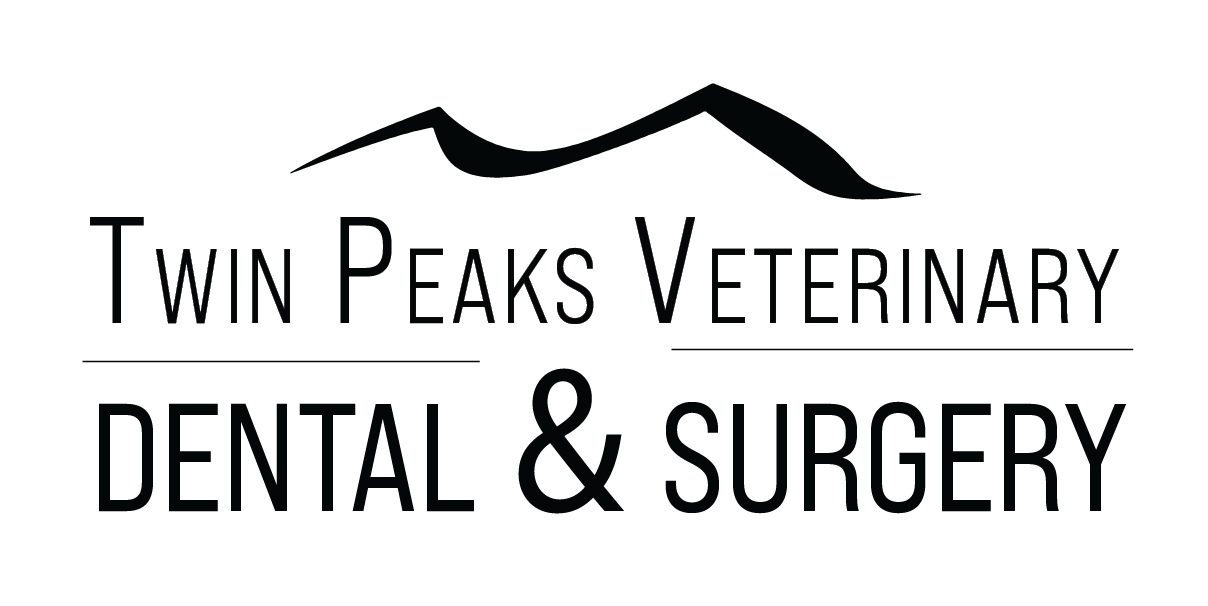Bad Breath in Dogs: A Sign of Dental Disease
Does your dog's breath smell unpleasant? While dog breath isn't expected to be minty fresh, persistent bad breath (halitosis) can be a sign of dental disease or other underlying health problems. Many pet owners assume bad breath is normal, but in reality, it often indicates plaque buildup, gum infections, or even serious oral conditions that require veterinary care.
If your dog has persistent bad breath, it's important to recognize the signs of dental disease and seek veterinary intervention before the problem worsens.
What Causes Bad Breath in Dogs?
While occasional bad breath can be caused by something your dog ate, chronic halitosis is often linked to poor oral hygiene and dental disease. Some of the most common causes include:
- Plaque and Tartar Buildup
When food particles and bacteria accumulate on your dog's teeth, they form plaque, which hardens into tartar (calculus) if not removed. Tartar buildup traps bacteria along the gumline, leading to infection, inflammation, and foul-smelling breath.
- Gum Disease (Periodontal Disease)
Periodontal disease affects over 80% of dogs by age three. It starts with gingivitis (gum inflammation) and progresses to tooth loss, infection, and pain if left untreated. Bad breath is one of the earliest warning signs of advanced gum disease.
- Tooth Decay or Oral Infections
Cavities, abscessed teeth, or infected gums can produce a strong, foul odor. Bacteria from decaying teeth can enter the bloodstream, affecting the heart, liver, and kidneys.
- Underlying Health Issues
In some cases, bad breath may not be related to dental disease. It can be a symptom of digestive issues, diabetes, kidney disease, or liver problems. A veterinary exam can help rule out internal health concerns if your dog's breath has an unusual odor (such as a sweet, fruity smell in diabetes or a urine-like odor in kidney disease).
Signs of Dental Disease in Dogs
Bad breath is often the first noticeable symptom of dental disease, but it's not the only sign. Other indicators include:
- Red, swollen, or bleeding gums
- Yellow or brown tartar buildup on teeth
- Difficulty eating or chewing on one side
- Drooling more than usual
- Pawing at the mouth or face rubbing
- Loose or missing teeth
- Sudden change in appetite or weight loss
If your dog is showing any of these signs, it's time to schedule a veterinary dental exam.
Treating Dental Disease
A professional dental cleaning is the most effective way to remove plaque, tartar, and bacteria from your dog's mouth. If the dental disease is severe, affected teeth may also need to be extracted in order to keep your dog heatlhy and pain-free.
